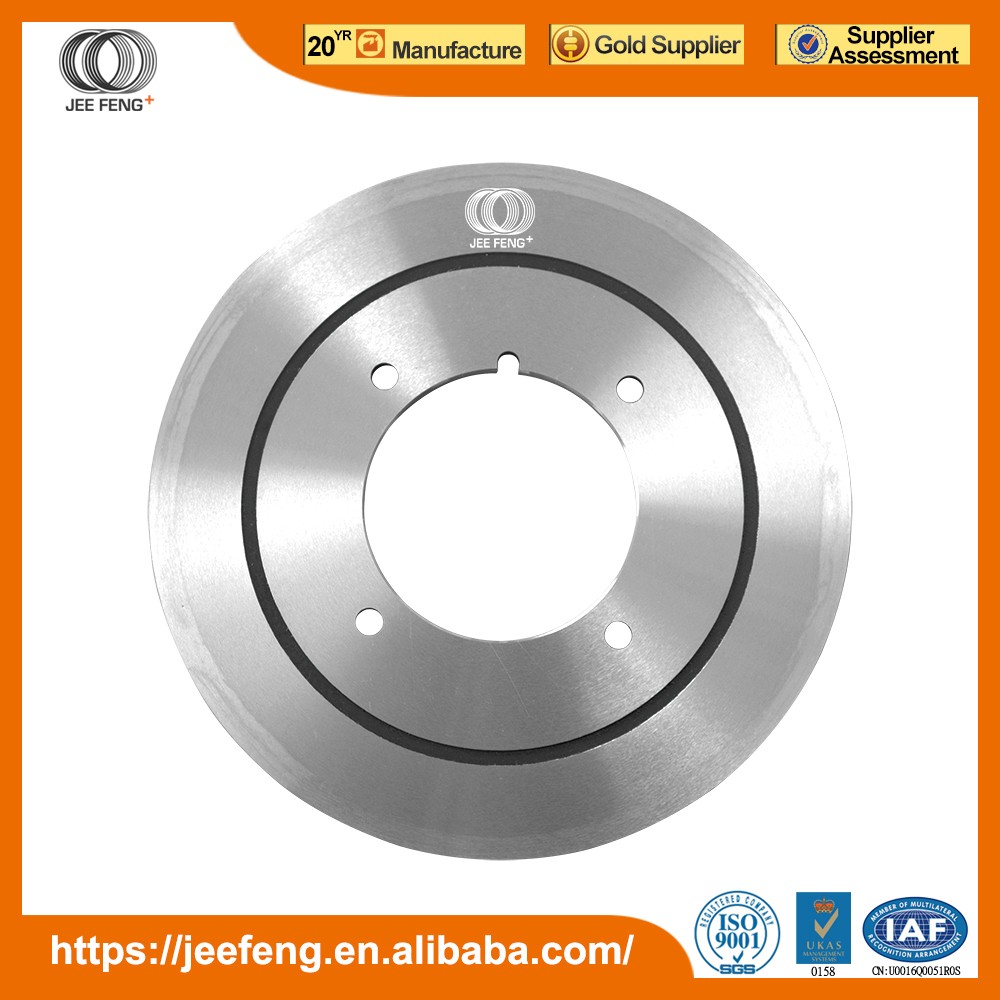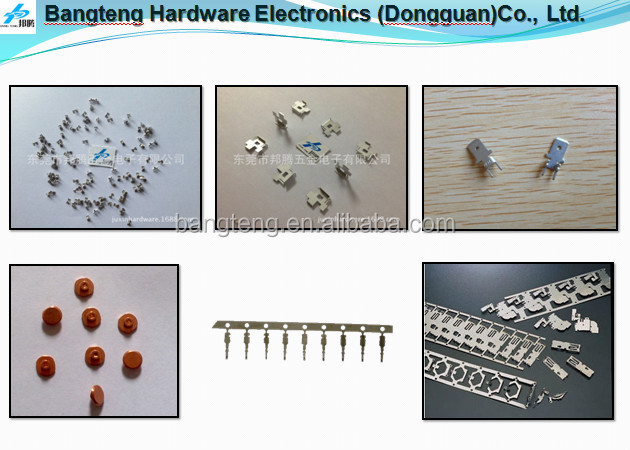Materials Used in Hardware Fittings
Hardware fittings are essential components in various engineering applications, including mechanical, electrical, and construction fields. These fittings are made using a range of materials to ensure durability, performance, and longevity. Common materials used in hardware fittings include metals, such as steel, stainless steel, and aluminum, as well as plastics, ceramics, and composites. Each material type has its own unique properties that make it suitable for specific applications. For example, steel is strong and rigid, while aluminum is lightweight and corrosion-resistant. Plastics are often used in low-cost, disposable applications, while ceramics provide high-temperature stability and composites offer a combination of strength and lightness. Selection of the appropriate material for hardware fittings depends on the specific requirements of the application, including operating environment, load conditions, and budget constraints.
Hardware fittings, commonly known as fasteners, are essential components in various mechanical and construction applications. These fittings are used to hold, connect, or fasten two or more objects together. The materials from which these fittings are made are crucial to their performance and lifespan. This article will explore the common materials used in hardware fittings and their respective properties.

1. Metals
Metals are the most common materials used in hardware fittings. They offer excellent mechanical properties, such as strength, hardness, and durability. Metals can withstand high temperatures and pressure, making them suitable for various industrial applications. Common metals used in hardware fittings include:
Steel: Steel is a strong and versatile metal that can be easily shaped and welded. It is commonly used in fasteners, bolts, nuts, and screws due to its high strength and low cost.
Stainless Steel: Stainless steel is a steel alloy that contains chromium, providing resistance to corrosion and oxidation. It is commonly used in applications where resistance to corrosion is crucial, such as marine or food processing industries.
Aluminum: Aluminum is a lightweight metal with good corrosion resistance and electrical conductivity. It is commonly used in hardware fittings that require a high level of precision, such as automotive or aerospace applications.
Copper: Copper is a soft metal with excellent electrical conductivity and thermal diffusivity. It is commonly used in hardware fittings that require high electrical conductivity, such as electronic components or plumbing fixtures.
2. Plastics
Plastics are polymers that can be molded into various shapes. They offer good mechanical properties, such as strength, hardness, and impact resistance. Plastics are also lightweight and have good chemical resistance. Common plastics used in hardware fittings include:

Polyethylene (PE): PE is a thermoplastic polymer commonly used in pipes fittings due to its good chemical resistance and thermal stability.
Polypropylene (PP): PP is a thermoplastic polymer commonly used in hardware fittings that require high impact resistance, such as automotive components or plumbing fixtures.
Polystyrene (PS): PS is a thermoplastic polymer commonly used in hardware fittings that require high thermal diffusivity, such as electronic components or medical devices.
3. Ceramics
Ceramics are inorganic, non-metallic materials that are typically made from clay, sand, or other mineral sources. They offer excellent mechanical properties, such as high hardness and wear resistance. Ceramics are also good thermal conductors and have good chemical resistance. Common ceramics used in hardware fittings include:
Alumina (Al2O3): Alumina is a white ceramic material with high hardness and wear resistance. It is commonly used in bearings, seals, and other mechanical components that require high precision and long lifespan.
Zirconia (ZrO2): Zirconia is a white ceramic material with excellent thermal stability and chemical resistance. It is commonly used in hardware fittings that operate at high temperatures, such as gas turbines or rocket engines.
Silicon Carbide (SiC): Silicon carbide is a black ceramic material with high mechanical strength and thermal conductivity. It is commonly used in hardware fittings that require high temperature resistance and chemical stability, such as ceramic bearings or seals.

4. Glass
Glass is a transparent amorphous solid made from silica sand, lime, and soda ash. It offers excellent optical properties, such as transparency and refractive index. Glass is also good thermally stable and has good chemical resistance. Common glasses used in hardware fittings include:
Soda-Lime Glass: Soda-lime glass is the most common type of glass used in hardware fittings due to its good mechanical properties and low cost. It is commonly used in windows, doors, and other architectural applications.
Borosilicate Glass: Borosilicate glass is a type of glass with high borosilicate content that provides excellent thermal stability and chemical resistance. It is commonly used in laboratory equipment, such as test tubes or flasks.
Quartz Glass: Quartz glass is made from pure quartz sand and is the most expensive type of glass used in hardware fittings. It offers excellent optical properties, thermal stability, and chemical resistance. Quartz glass is commonly used in high-end optical instruments or laboratory equipment.
In conclusion, hardware fittings are made from various materials with their own unique properties tailored to specific applications. Metals offer excellent mechanical properties and can withstand high temperatures and pressure; plastics are lightweight with good chemical resistance; ceramics have high hardness and wear resistance; and glasses offer excellent optical properties with good thermal stability and chemical resistance. The selection of the right material for a particular application depends on the specific requirements of that application.
Articles related to the knowledge points of this article:
Guangdong Furniture Hardware Fittings Factory: Quality and Innovation
Engineering Hardware Fittings: An Essential Guide
Plastic Bed Hardware Accessories: An Introduction to Their Importance and Applications
Title: Competitive Pricing of Hardware Accessories in Hubei Province, China: A Market Analysis
Title: Understanding the Prices of Hardware Accessories Coatings in Hebei Province



